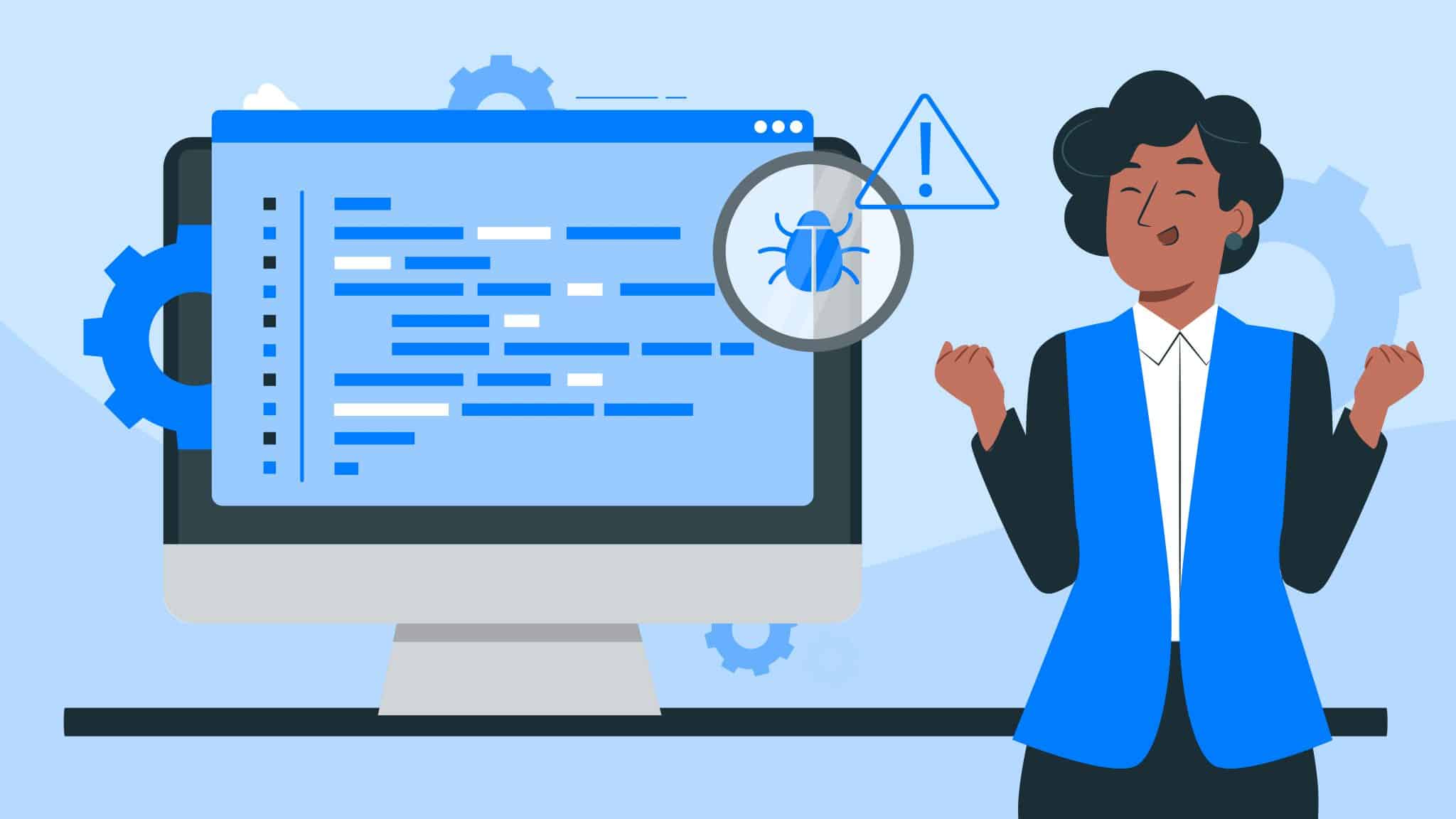Delivering high-quality products is crucial to maintaining a competitive edge and ensuring customer satisfaction. However, bugs are an inevitable part of the development process. Tracking and resolving these bugs efficiently is essential to maintaining a seamless development workflow and releasing a reliable software product. This is where defect tracking tools come into play, offering a powerful solution to streamline bug resolution and optimize the overall development process.
In this blog, we will explore the benefits of defect tracking tools, their key features, and how they can enhance bug resolution, enabling development teams to deliver top-notch software products.
Centralized Bug Management
Defect tracking tools provide a centralized repository to log, manage, and track bugs encountered during the development lifecycle. This centralization simplifies bug resolution by ensuring that all identified issues are logged in one place, making it easier for developers, testers, and stakeholders to collaborate and communicate effectively.
Improved Bug Visibility
Defect tracking tools offer enhanced visibility into the bug resolution process. Developers and testers can access real-time information about the status of each bug, including its severity, priority, assigned developer, and current progress. This visibility helps team members stay informed and allows project managers to make data-driven decisions on bug prioritization.
Efficient Bug Assignment
Defect tracking tools allow bug assignment to specific team members based on their expertise and workload. With clear ownership established, bugs are addressed promptly and efficiently. This not only accelerates the resolution process but also fosters a sense of accountability among team members.
Streamlined Bug Reproduction
One of the challenges in bug resolution is reproducing the issue to understand its root cause fully. Defect tracking tools enable testers to provide detailed steps to reproduce the bug, including the specific environment, configuration, and data used. This valuable information helps developers recreate the problem accurately and aids in finding a speedy resolution.
Real-time Collaboration
Defect management tools facilitate seamless collaboration among developers, testers, and other stakeholders. Team members can leave comments, attach files, and discuss the bug details directly within the tool. This real-time collaboration minimizes miscommunication and ensures that everyone involved is on the same page.
Data-driven Decision Making
Defect tracking tools generate valuable reports and metrics that offer insights into bug trends, progress, and team performance. Project managers can leverage these data to make informed decisions, allocate resources effectively, and continuously improve the development process.
Seamless Integration
Many defect tracking tools seamlessly integrate with other development tools, such as project management systems, version control, and continuous integration tools. This integration further enhances bug resolution efficiency by providing a unified development ecosystem.
Conclusion
Efficient bug resolution is vital for delivering high-quality software products and maintaining customer satisfaction. Defect tracking tools serve as a powerful ally in streamlining bug management, offering benefits such as centralized bug tracking, improved visibility, and real-time collaboration. By embracing these tools, development teams can enhance bug resolution, boost productivity, and deliver exceptional software that meets user expectations.
Investing in a robust defect tracking tool is an investment in the success of your development projects. Choose the right tool for your team’s needs, and watch as your bug resolution process reaches new heights of efficiency and effectiveness.


























